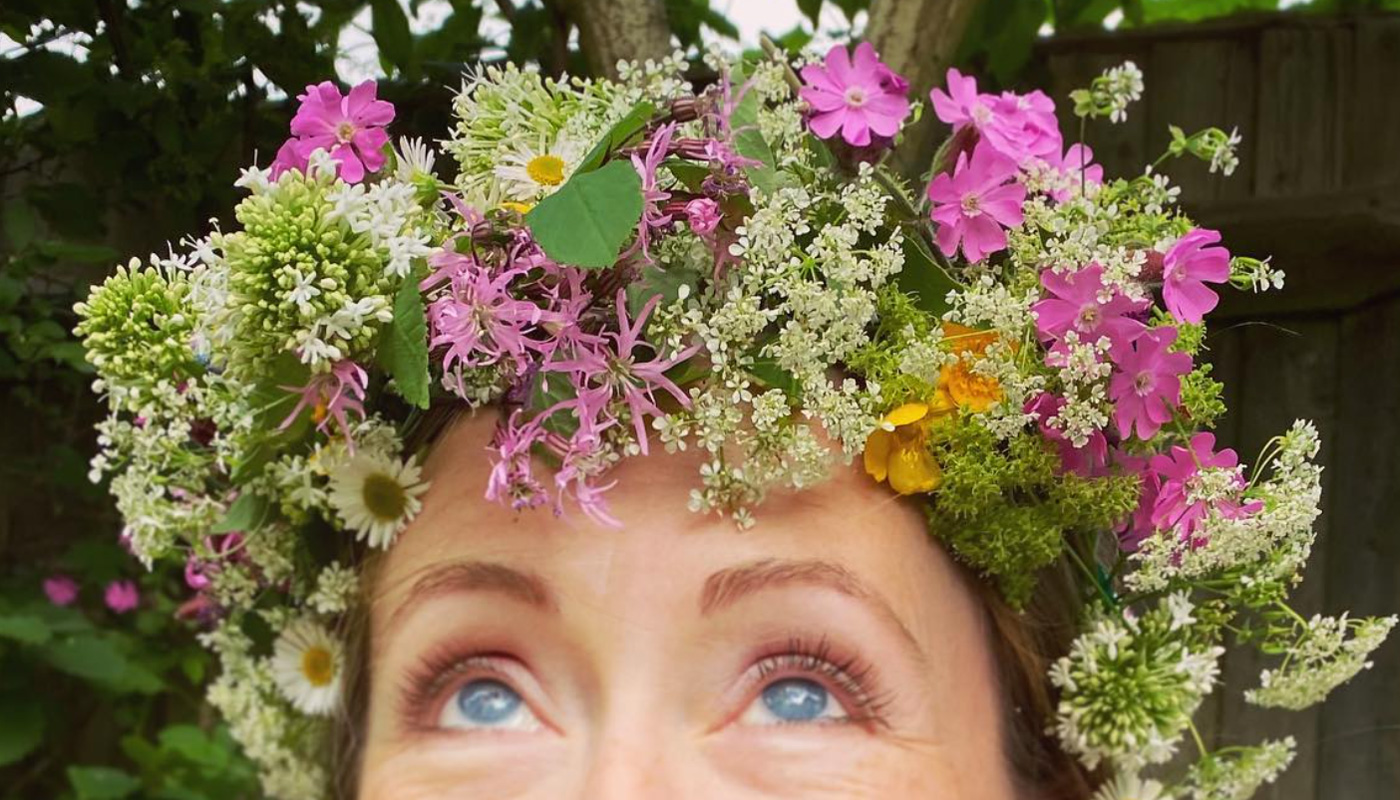
Tina Worboys | March 18, 2024

In The Road to Little Dribbling, Bill Bryson‘s memory of a summertime walk in the English countryside stays with me: “Wildflowers filled the sunny glades and nodded at the pathside. Andrew, our natural history expert, recited their names for us - ladies’ bedsore, yellow cowpox, tickle-me-knickers, sneezle, old man’s crack. I didn’t have my notebook with me, so I may not have all the names exactly right, but that was the drift of it.”
Fist-biting names aside, there’s something magical about wildflowers. From ancient folklore to alternative (and modern) medicine, mythological connections and even the hidden patterns of the universe, wildflowers are forever fascinating and intrinsically woven through our DNA. They're so often our earliest memories of flowers. My mum still recalls me stopping dead in my tracks on the walk to primary school, exclaiming in awe “look Mummy, a daisy!”
After years of bad press (who said weed?) and even worse chemical treatments, wildflowers are having their moment in the sun. Their dwindling numbers are well documented, with the latest figures from the conservation charity Plantlife claiming “2 in 5 wild plants are at risk of extinction”. The lack of bugs on your car windscreen after a countryside drive is no coincidence either. But there is something us gardeners can do to help.
Many of our native wildflowers are easy to grow and will happily rub shoulders with your regular garden favourites, adding something far more than just a splash of colour. My Meadow Border at BBC Gardeners’ World Live was full of wildflowers mixing with more familiar, and yes, even non-native (that's a chat for another day), everyday garden plants to create a fully designed, buzzing, ‘meadow’ in a flower bed. The border went on to scoop the top prize at the show.
Some wildflowers work, and behave, better than others so it’s worth experimenting. Why not start with a classic. Cornflowers come in an array of colours, but the pure blue, so cemented in our mental image bank that cornflower blue is the go-to term for that powdery hue, will whisk you to a place of innocence, honesty and a more simple time. Common Knapweed interplanted with decorative grasses gives the instant appeal of a summer meadow while field scabious not only adds the softest purple pin cushions but is by far the most visited by butterflies of any plant in my garden.
Peppering a border with wildflowers can bring a wild yet calm beauty to a garden and possibly to our own wellbeing. There are countless papers and studies on the benefits of being in and looking at nature (as noted in my previous post No Bravery Required, even the sight of the colour green “has been proved to reduce stress, foster a sense of calm and even promote creativity”). Although the evidence isn’t plant specific, far from it, I believe our deep connection to the wild is awoken at the sight of these familiar faces. It’s comforting to look at something so at ease with itself, doing what it's done for 100’s of years, with or without our help. That’s a slice of magic any border would benefit from.
In the UK today, private gardens cover roughly 2 million acres. 2 million! A few wildflowers scattered in every garden would send positive shockwaves back through the ecosystem benefitting everything from the soil upwards. It’s the journey of 1000 steps, or the sweater of 1000 stitches, each tiny part insignificant in isolation but game changing en masse.
These powerful plants invite us to reappraise our gardens, how we manage them and what we consider appropriate to have in them. And if all else fails at least you’ll be guaranteed a childish snigger every time you pass that pretty patch of Nipplewort.
Do you know anyone who loves wildflowers, wants to do their bit in the garden or maybe just needs a smile today? Why not share this post and spread the wildflower love.